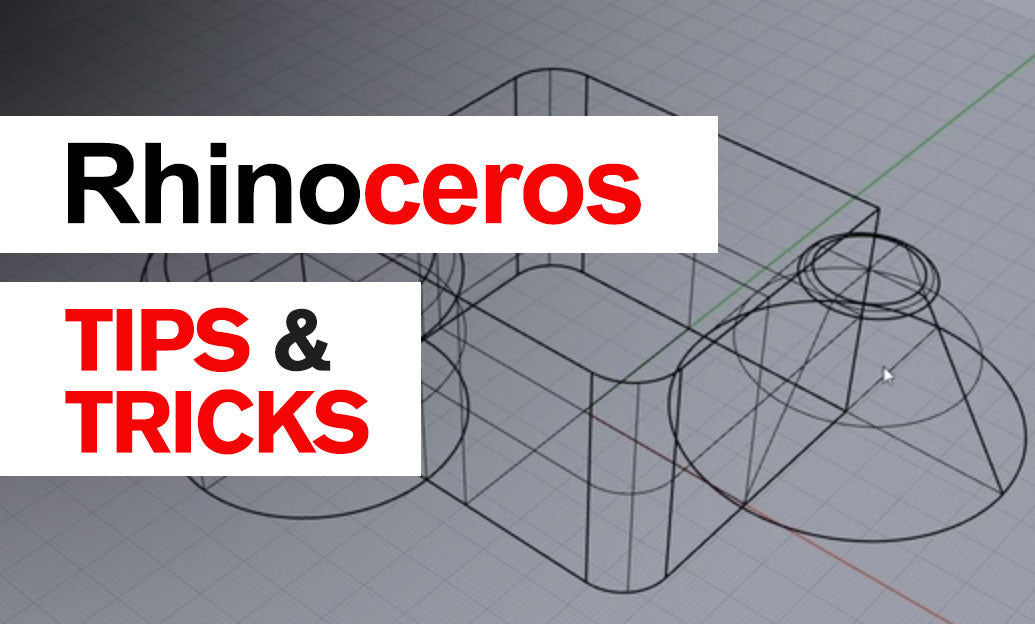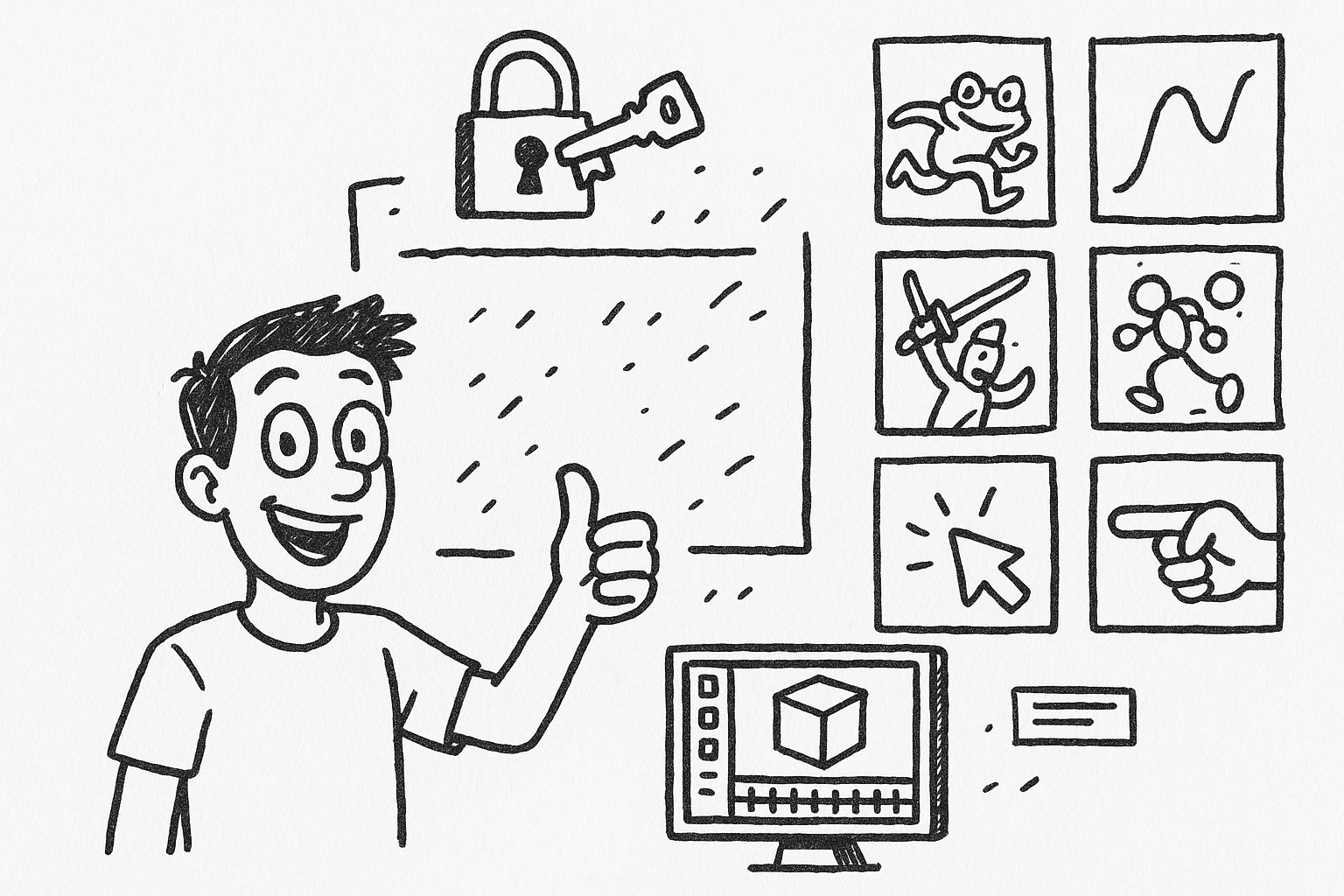Your Cart is Empty
Customer Testimonials
-
"Great customer service. The folks at Novedge were super helpful in navigating a somewhat complicated order including software upgrades and serial numbers in various stages of inactivity. They were friendly and helpful throughout the process.."
Ruben Ruckmark
"Quick & very helpful. We have been using Novedge for years and are very happy with their quick service when we need to make a purchase and excellent support resolving any issues."
Will Woodson
"Scott is the best. He reminds me about subscriptions dates, guides me in the correct direction for updates. He always responds promptly to me. He is literally the reason I continue to work with Novedge and will do so in the future."
Edward Mchugh
"Calvin Lok is “the man”. After my purchase of Sketchup 2021, he called me and provided step-by-step instructions to ease me through difficulties I was having with the setup of my new software."
Mike Borzage
V-Ray Tip: Maximizing V-Ray Renderings with Effective Camera Type Selection
October 04, 2024 2 min read

V-Ray offers a versatile range of camera types that can be used to achieve different perspectives in your 3D renderings. Understanding how to utilize these camera types effectively can significantly enhance your composition and storytelling. Here's a quick guide to help you make the most of V-Ray's camera features:
- Standard Camera: This is the default camera type in V-Ray and is ideal for general-purpose rendering. It mimics the characteristics of a real-world camera, providing controls for exposure, focal length, and more.
- Physical Camera: Modeled after a real-life DSLR camera, the Physical Camera in V-Ray is perfect for realistic photography effects. It includes parameters like ISO, shutter speed, and aperture, allowing you to control depth of field and motion blur effectively. Setting the camera to match a real-world counterpart can enhance realism in architectural visualizations.
- Spherical Camera: This camera type is used for creating 360-degree panoramic images, commonly used in virtual reality applications. It captures a full environment, making it ideal for immersive experiences. Ensure your scene lighting and texturing are seamlessly connected to avoid visible seams in the panoramic output.
- Cylindrical Camera: Similar to the Spherical Camera, but captures a 360-degree horizontal field of view while maintaining a limited vertical field of view. This is useful for creating wide-angle shots without distortion at the top and bottom.
- Orthographic Camera: This camera type is used for technical and architectural drawings where perspective distortion is not desired. It's great for showcasing floor plans or elevations where accurate measurements and proportions are important.
When setting up your scene, consider the storytelling aspect and the type of emotion or message you want to convey. Each camera type offers unique advantages, and choosing the right one can drastically impact the viewer's perception.
For those new to V-Ray, the NOVEDGE blog provides an array of resources and expert advice to guide you through mastering V-Ray's features. Leveraging the right camera perspectives, combined with lighting and texturing, can lead to stunningly realistic or artistically stylized renderings.
Remember, the key to effective rendering is experimentation. Don't hesitate to try out different camera types in various scenarios to see what works best for your project. By doing so, you can gain a deeper understanding of how camera perspectives can enhance your visualizations.
Explore more tips and tricks by visiting NOVEDGE to keep your V-Ray skills sharp and up-to-date.
You can find all the V-Ray products on the NOVEDGE web site at this page.
Also in Design News

Rhino 3D Tip: Understanding Surface and Solid Modeling in Rhino for Enhanced Workflow Efficiency
August 30, 2025 3 min read
Read More
Unlocking Advanced Animation Techniques: Five Studio-Proven Tricks to Elevate Your 3ds Max Workflow
August 30, 2025 6 min read
Read MoreSubscribe
Sign up to get the latest on sales, new releases and more …



